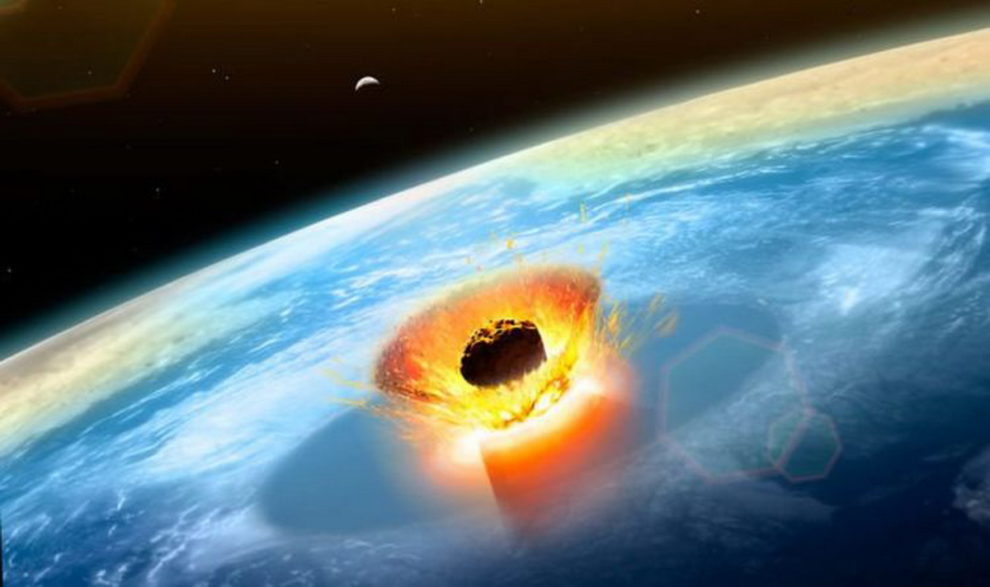On Wednesday, the US space agency, NASA will launch its Double Asteroid Redirection Test (DART) spacecraft, which will intentionally crash with an asteroid.
According to NASA, the DART mission is scheduled to launch on November 24 at 1:21 a.m. EST (11:51 a.m. India time) aboard a SpaceX Falcon 9 rocket from Vandenberg Space Force Base in California.
The DART spacecraft is designed to collide with an asteroid as a technology test to see if it can alter the motion of an asteroid in space. If an Earth-threatening asteroid is discovered in the future, the mission will test whether intentionally crashing a spacecraft into it is an effective way to change its course.
The spacecraft is aiming for the binary near-Earth asteroid Didymos and its moonlet, both of which pose no threat to Earth.
“DART will be humanity’s first test for planetary defence — to see if we could change the course of an asteroid should we ever discover one headed toward Earth,” said Thomas Zurbuchen, NASA’s associate administrator for the science mission directorate, in a blog.
DART is scheduled to arrive at the Didymos binary asteroid system between September 26 and October 1, 2020. When it reaches Didymos, it will have to distinguish between its impact target Dimorphos and the larger parent asteroid Dimorphos orbits, Didymos – all while millions of miles from Earth, according to Zurbuchen.
It will accomplish this with a single instrument, the Didymos Reconnaissance and Asteroid Camera for Optical Navigation (DRACO) camera, and a sophisticated suite of algorithms known as SMART Nav.
Once DART has identified and locked onto Dimorphos, it will kinetically impact the asteroid moonlet at a speed of 15,000 miles per hour (for reference, this means DART will cover its final four miles in one single second), changing the amount of time Dimorphos takes to orbit Didymos.
This change in time will be measured as part of an international observation campaign, and it will be critical in demonstrating that asteroid deflection via kinetic impact is possible.
While “Didymos system is not a threat to Earth… we need to be prepared should we ever be threatened by one of these enormous bodies emerging from the void of space,” Zurbuchen said.
